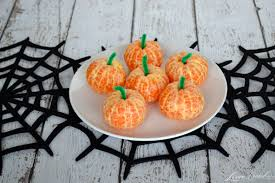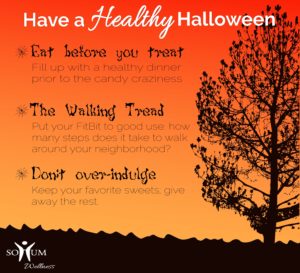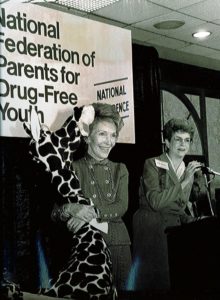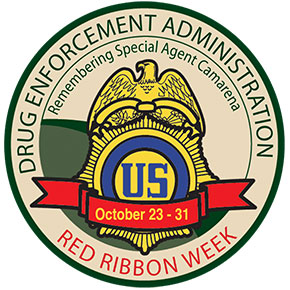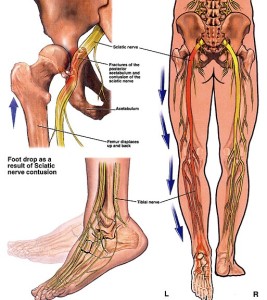
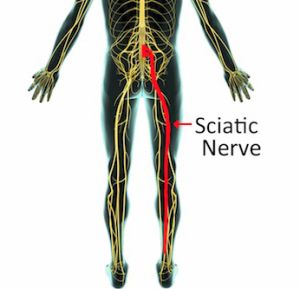
Sciatica is pain, tingling, or numbness produced by an irritation of the nerve roots that lead to the sciatica nerve. The sciatic nerve is formed by the nerve roots coming out of the spinal cord into the lower back. It goes down through the buttock, then its branches extend down the back of the leg to the ankle and foot. When something presses on the sciatica nerve, like a herniated disc, it presses on that nerve which causes the pain from the buttock that can radiate all the way down to the foot. The intensity of the pressure on the nerve and where its pressed decides if it goes to the foot or less. Other causes of sciatica nerve damage:
The most common cause -a bulging or ruptured disc in the spine pressing against the nerve roots that lead to the sciatic nerve.
-Sciatica Nerve Damage can be a symptom of other conditions that affect
*Narrowing of the spinal canal due to spinal stenosis. This spinal canal narrowing pinches on the sciatica nerve.
*Bone spurs-they are growths that are small forming along joints caused by arthritis.
*Simply injury (like a car accident or fall) causing nerve root compression=again the same result-pinching the sciatica nerve.
*Pregnancy-not as common as a cause as the others listed.
*Rarely but also tumors could cause the problem also.
What are the symptoms?
Symptoms of sciatica include pain that begins in your back or buttock and moves down your leg and may move into your foot.
*Weakness, tingling, or numbness in the leg may also occur.
*At times a inconsistent stabbing feeling or pricking feeling in the ankle or foot
*Sitting, standing for a long time, and movements that cause the spine to flex (such asexercises using the knee to chest) which may make symptoms worse.
*Walking, lying down, and movements that extend the spine (such as press-ups) may relieve symptoms.
How is sciatica diagnosed?
Sciatica is diagnosed with a medical history and physical exam. Sometimes x-rays and other tests such as magnetic resonance imaging (MRI) are done to help find the cause of the sciatica.
What are the Complications?
Although most people recover fully from sciatica, often without any specific treatment, sciatica can potentially cause permanent nerve damage. Seek immediate medical attention if you experience:
-Loss of feeling in the affected leg -Weakness in the affected leg
-Loss of bowel or bladder function
How is it treated?
In many cases, sciatica will improve and go away with time. Initial treatment usually focuses on medicines and exercises to relieve pain. You can help relieve pain by:
*Avoiding sitting (unless it is more comfortable than standing).
*Alternating lying down with short walks. Increase your walking distance as you are able to, without pain.
* Takingacetaminophen (tylenol) or Motrin (Ibuporfen) or Advil or Aleve (Naproxen). All are nonsteroidal anti-inflammatory drugs which decrease the swelling of the inflammation around the area or injury to the back which will decrease the pain. More inflammation=more pinching on the nerve.
*Using a heating pad on a low or medium setting for 15 to 20 minutes every 2 or 3 hours. Try a warm shower in place of one session with the heating pad. You can also buy single-use heat wraps that last up to 8 hours. You can also try an ice pack for 10 to 15 minutes every 2 to 3 hours. There is not strong evidence that either heat or ice will help, but you can try them to see if they help you.
*Additional treatment for sciatica depends on what is causing the nerve irritation. If your symptoms do not improve, your doctor may suggest physical therapy, injections of medicines such as steroids, stronger medicines such as muscle relaxants or opiates.
*Physical Therapy or chiropracter therapy or some form of therapy for 6 to 8 weeks.
* If the therapy is uneffective than the last resort in most cases is surgery that ranges from:
– laser surgery
– scrapping of the vertebrae pinching the nerve with leaving the rest of the vertebrae spacing the spinal cord in place or removing the vertebrae pinching the nerve and replacing it with cement (not cement we use for sidewalks that we know of). It’s natural to want to return to your regular activities as soon as possible after surgery, but a lot depends on the type of operation you get.
In two common methods, vertebroplasty and kyphoplasty, your surgeon makes a small cut in your back, which lets you recover faster. If you get spinal fusion surgery, the cut is larger, and it will take a longer time to heal.
-small endoscopic surgery that is microsurgery removing pieces of the vertebraepinching which has a test called a discogram (injecting a dye right into the injured disc and than a ultrasound of the area is done to show the surgeon the exact route he has to follow to cure the problem. The surgeon numbs the area that he will repair with the pt wide awake; he makes a incision about 2/10 of an inch, using the cat scan as a guide for his eyes inserting a scope inserting a grabber that goes in the scope removing disc fragments that are pressing on the nerves causing the pain. It takes about 30 minutes for this procedure with only a small bandage covering the incision followed with the patient leaving the hospital in less than a few hours. *Other self-care treatments that may be helpful include: -Cold packs. Initially, you may get relief from a cold pack placed on the painful area for up 20 minutes several times a day. Use an ice pack or a package of frozen peas wrapped in a clean towel.
-Hot packs. After two to three days, apply heat to the areas that hurt. Use hot packs, a heat lamp or a heating pad on the lowest setting. If you continue to have pain, try alternating warm and cold packs. -Stretching. Stretching exercises for your low back can help you feel better and may help relieve nerve root compression. Avoid jerking, bouncing or twisting during the stretch and try to hold the stretch at least 30 seconds. -Over-the-counter medications. Pain relievers such as ibuprofen (Advil, Motrin, others) and naproxen (Aleve) are sometimes helpful for sciatica.
References:
National Cancer Society
Web MD
Mayo Clinic
Dr. Bruce Hensel M.D. (chief medical editor channel 4)/Dr. David Ditsworth Surgeon – does back scoping -Robert Forrest Physical Therapy in Santa Monica, California.

